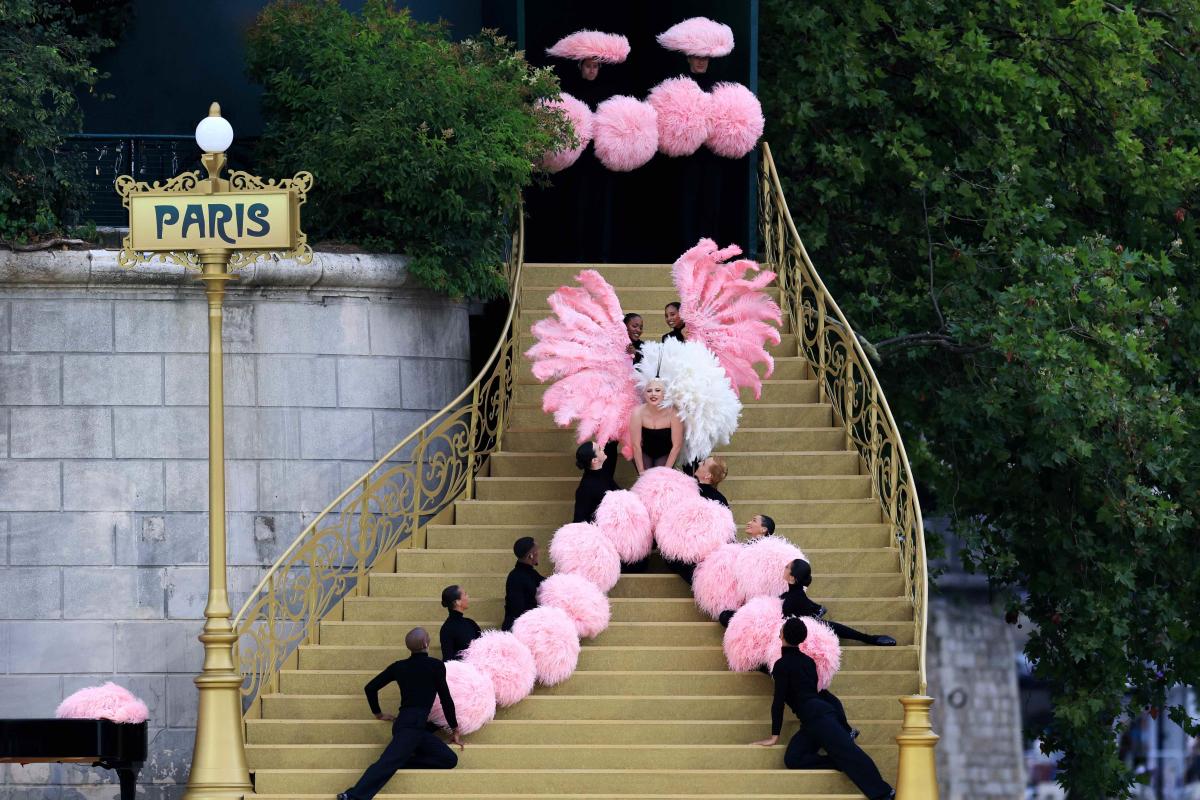Sports
New Sports Investment Thinking Boosts Baseball, Retail in Midwest

Today’s guest columnist is Joshua Schaub, commissioner of the American Association of Professional Baseball, an MLB Partner League.
In the evolution of sports, innovations often cascade from the big leagues to smaller ones, traditionally manifesting in on-field changes. However, in recent years, we’ve witnessed a parallel trickle-down effect in the realm of real estate, catalyzed by major professional sports teams. This trend was pioneered by “Wrigleyville,” an organic cluster of businesses that cultivated an immersive experience around game days, transcending mere baseball fandom for the Cubs.
Recognizing its potential, sports entities pondered the impact of integrating such developments directly into their infrastructure, birthing the concept of a wired, owned-and-operated ecosystem. This vision recently materialized in Major League Baseball with the meticulously planned enclave known as The Battery in Atlanta, seamlessly integrating retail, dining, residential and commercial spaces around the stadium. Notably, the spaces in The Battery outside the ballpark raked in over $59 million in revenue for the Braves last year, financed entirely by the team and its partners.
Similar mixed-use developments have flourished in Milwaukee, St. Louis, Green Bay, San Francisco, Los Angeles and Frisco, Texas, serving as community catalysts and inspiring replication on a smaller scale.
Markets within the American Association of Professional Baseball’s (AAPB) footprint have eagerly embraced this trend, recognizing its transformative potential. These include Clarksville, Tenn., Jersey Village, Tenn., Waco, Texas, and Blaine, Minn.; over $3 billion dollars of development is being proposed across those projects.
However, developments in these markets face distinct challenges, particularly in accessing the capital required for stadium development, especially on the public side of the partnership. Unlike Major League teams, which boast billionaire owners and relationships at the state level allowing for access to those budgets, the AAPB teams and the markets in which they operate work with significantly fewer resources and access at the state level.
To bridge the financing gap, the AAPB, the premier MLB Partner League, has pioneered a collaborative and forward-thinking approach, forging early-stage alliances with developers, operators and municipalities at the outset, to overcome the previous financial hurdles to building smaller stadiums while utilizing guaranteed adjacent development.
This is in stark contrast to the late 1990s and early 2000s, when stadium development occurred in undeveloped areas and was being funded by general obligation bonds. Those situations turned out poorly for many secondary cities and fueled negative economic studies around stadium builds utilizing taxpayer funds.
The benefit is that we learned from those previous attempts and are not looking to replicate them. Instead, the AAPB has created a path for stadium development in already dense surrounding areas. The development helps pay for the stadium, because the private side and the associated incremental real estate tax comes in tandem, removing the political football of general obligation bonds being used to build stadiums. By leveraging tools like tax increment financing (TIF), these public-partnerships anchored by AAPB stadiums breathe life into mixed-use developments while funding the construction of multi-purpose stadiums, invigorating local economies and building cultural platforms.
An American Association example sits in Franklin, Wisc. A development titled “Ballpark Commons” was created on top of a former landfill. It consists of Lux Bay Golf (a Top Golf competitor), a 4,000-seat stadium in Franklin Field, six baseball fields for youth tournaments, apartments and senior living hotels, retail, restaurants, bars, an indoor football facility, a ski hill, and medical and office space. Overall, the $180 million dollar development helped build a stadium on the back of the new development’s incremental real estate tax dollars.
Central to the AAPB’s development strategy is the engagement of preferred league partners, including Mammoth Construction, PPG Paints, Extreme Networks, Xtract One Technologies, Mid-Stream Lighting and Sports Hotel Development. Together, they contribute essential components to these districts, ensuring their success and sustainability.
In essence, the playbook has been rewritten, ushering in an era of growth and prosperity for secondary markets, where professional sports and real estate development converge with minimal local investment.
Joshua Schaub was appointed commissioner of the AAPB in 2019, succeeding league founder Miles Wolff. He is the former CEO and co-owner of the Joliet Slammers baseball club of the Frontier League, and has previously worked in the Milwaukee Brewers scouting department. Formerly an attorney with Gutwein Law based in Minneapolis, where he led the sports and entertainment practice, Schaub also served as the commissioner and general counsel of the Major Arena Soccer League.









